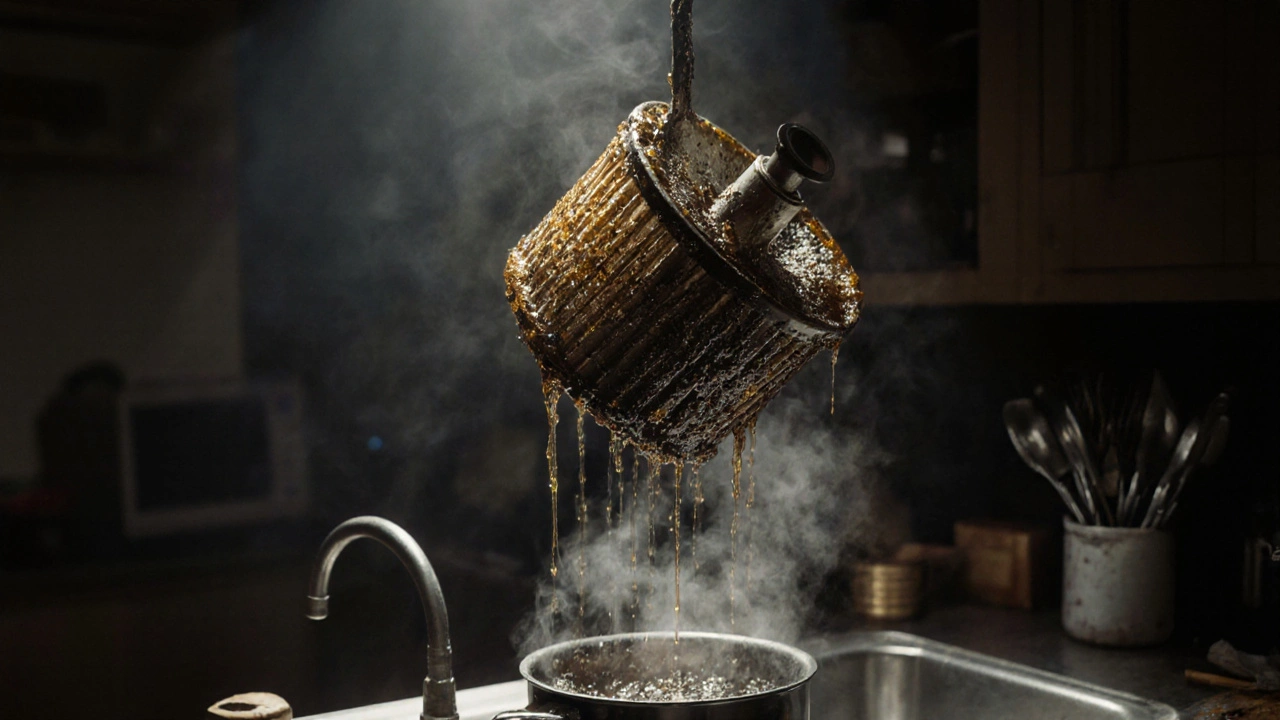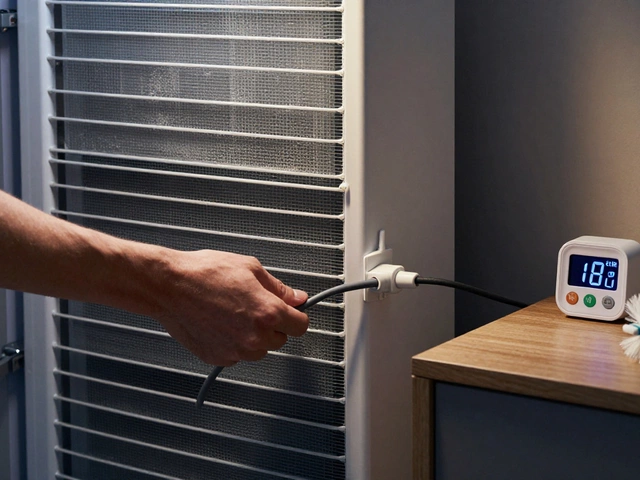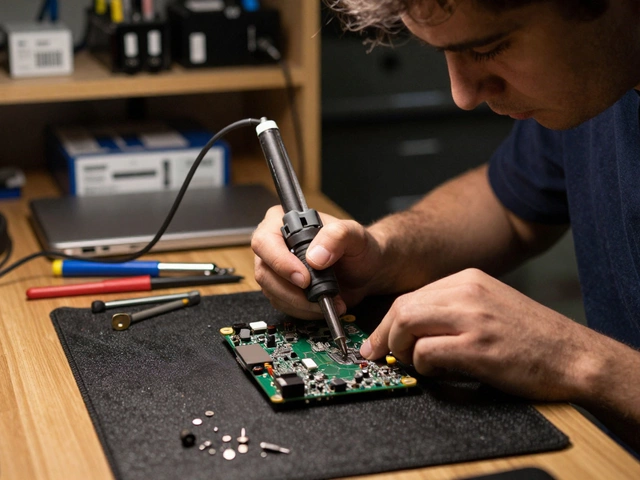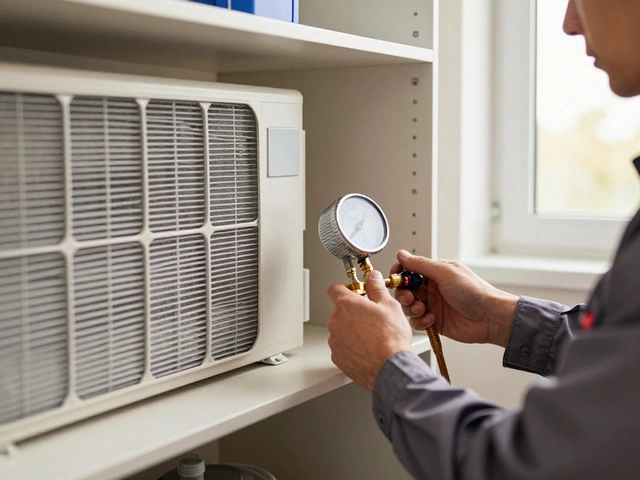Extractor Fan Maintenance: Keep Your Kitchen Ventilation Running Smoothly
When you turn on your extractor fan, a device designed to remove steam, smoke, and odors from kitchens and bathrooms by pulling air out through a duct to the outside. Also known as range hood fan or exhaust fan, it’s not just a convenience—it’s a health necessity. Without proper extractor fan maintenance, moisture builds up, mold grows, and your air quality drops fast. Many homeowners ignore it until they see black spots on the ceiling or smell stale air even after cooking. That’s too late.
A working extractor fan motor, the core component that spins the fan blades and moves air through the duct system is what keeps everything running. But motors wear out. Grease clogs the filters. Ducts get blocked with debris or even bird nests. If you skip cleaning or ignore strange noises, you’re not just risking a broken fan—you’re inviting long-term damage to your walls, ceilings, and even your lungs. Studies show that poor kitchen ventilation increases indoor humidity by up to 40%, which directly fuels mold growth. And mold doesn’t just ruin paint—it can trigger allergies and asthma. Replacing a motor isn’t expensive, but fixing water-damaged cabinetry? That’s a whole different bill.
You don’t need to be an electrician to handle basic kitchen ventilation, the system that includes the fan, ductwork, filters, and exhaust outlet working together to remove airborne contaminants upkeep. Clean the grease trap monthly. Wipe down the fan cover. Check if air is actually moving outside by holding a piece of tissue near the vent while it’s running. If it doesn’t pull, something’s wrong. You might need to replace the fan blades, clean the duct, or swap the motor. These are all doable DIY jobs if you know where to start. But if you’ve never opened up a fan housing before, it’s easy to miss something—and that’s where the real problems start.
Some people think plumbers handle extractor fans. Others assume electricians do. The truth? It depends. If it’s just wiring or a motor swap, an electrician’s your best bet. If the duct runs through a wall and you’re dealing with leaks or poor sealing, a plumber might help. But most of the time, the fix is simple: clean it, check the airflow, replace the filter. And if you’re not sure? There are step-by-step guides out there that walk you through each part, from removing the cover to testing the motor with a multimeter. The goal isn’t to become a technician—it’s to catch small issues before they become costly repairs.
Below, you’ll find real fixes from people who’ve been there—how to replace a motor, why skipping maintenance leads to mold, how long repairs actually take, and whether you should call a pro or tackle it yourself. No fluff. Just clear, practical advice that matches what’s actually happening in homes across the UK.
Do Extractor Fans Need Maintenance? Here’s What Actually Happens Without It
- Alden Wilder
- Nov 3 2025
- 0 Comments
Extractor fans need regular maintenance to work properly, prevent fires, and avoid costly repairs. Learn how often to clean filters, signs of trouble, and when to call a pro.
View More




